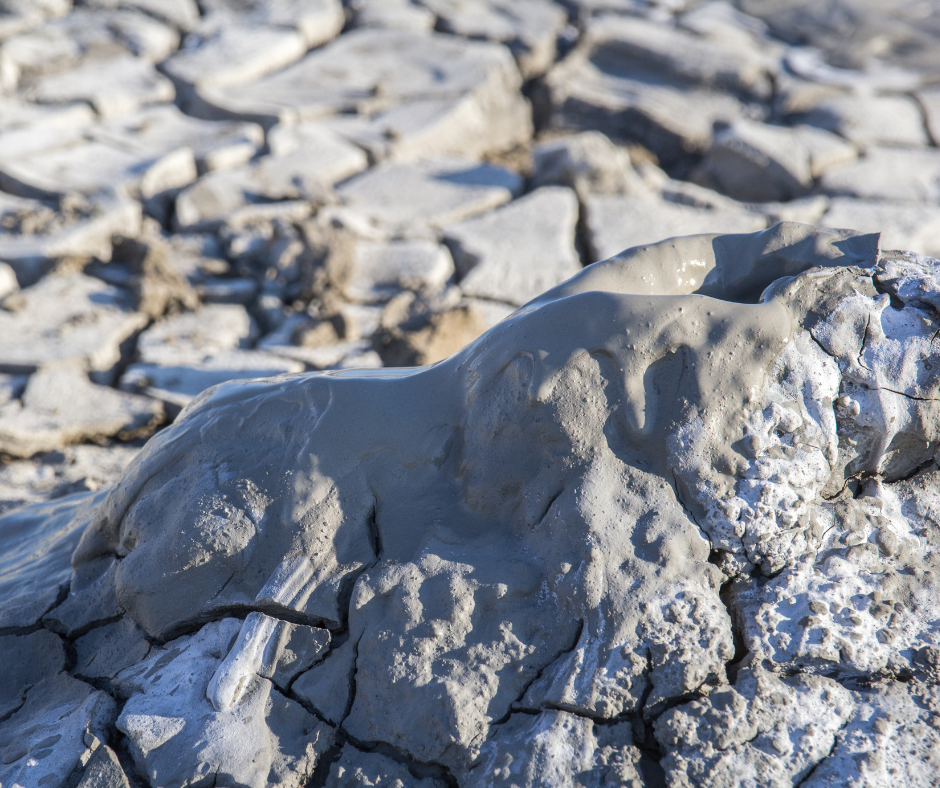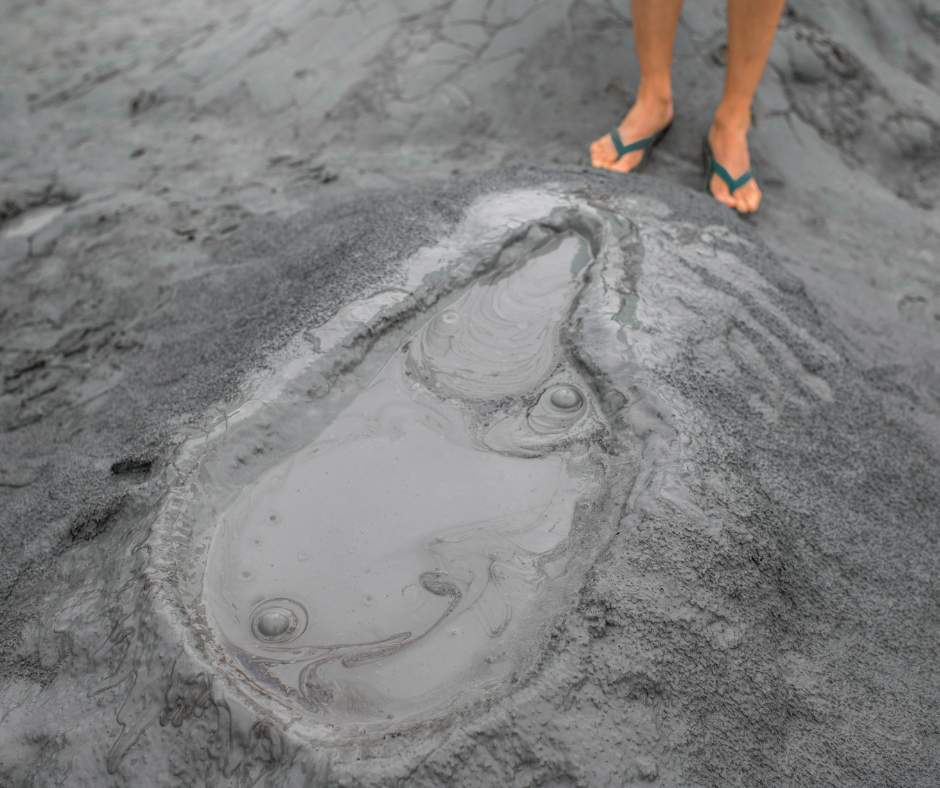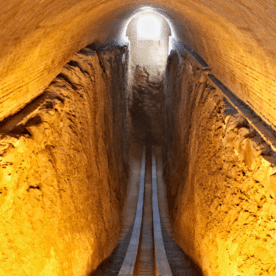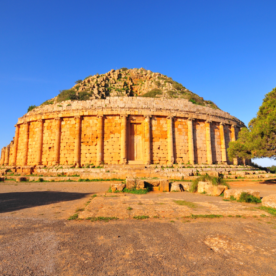
Mud Volcanoes
Beneath the Earth’s surface, a mysterious force churns and boils, creating a spectacle unlike any other. Mud volcanoes emerge from the ground, spewing forth mud and gas in an otherworldly display of raw power. Some say they hold the key to unlocking the secrets of the Earth’s crust, while others believe they are a warning of impending disaster. Whatever their true nature, they continue to fascinate and intrigue us with their enigmatic presence.
What are Mud Volcanoes?
Mud volcanoes are geological features that are formed by the expulsion of mud, water, and gases from the Earth’s surface. They are similar to conventional volcanoes, but instead of erupting lava and ash, they emit a mixture of gas and mud.
The material that is ejected from these volcanoes can vary in consistency and composition. It can range from thick, viscous mud to a more watery mixture that resembles a mudslide. The mud often contains gases such as methane, carbon dioxide, and nitrogen, as well as minerals such as sulphur and iron.
These amazing geological features are also important for their potential as a source of energy. The mud and gases that are ejected from these volcanoes often contain hydrocarbons, such as methane and natural gas. Scientists study the composition and flow of these fluids to better understand the potential for hydrocarbon extraction and to develop techniques for safe and efficient drilling.
Despite their potential hazards, these formations are of great scientific interest. They provide clues about the geological processes that are occurring beneath the Earth’s surface and can help scientists better understand the composition of the planet’s crust.


Where can I find them?
Mud volcanoes are usually found in areas with high sedimentary rock content and in proximity to tectonic activity. They can be formed by a variety of geological processes, including the build-up of sedimentary deposits, the compression of underground fluids, and the movement of tectonic plates.
These phenomena can be found all over the world, with some of the most notable examples being located in Azerbaijan, Italy, Indonesia, and the United States. They can be dangerous to people and property in the surrounding area, as the mud and gases can cause landslides, explosions, and fires.
Some of the most well-known are:
- Azerbaijan: The country of Azerbaijan is home to more than 400 mud volcanoes, with some of the largest and most active located in Gobustan and Shamakhi.
- Italy: In Sicily, there is a mud volcano field known as Macalube. Another mud volcano field, Salse di Nirano, can be found in northern Italy.
- Indonesia: The Sidoarjo mud flow, also known as Lusi, is an ongoing mud volcano eruption that began in 2006 in East Java. The island of Java is also home to the Porong mud volcano.
- United States: Mud volcanoes can be found in several locations in the United States, including California, Yellowstone National Park, and Alaska.
- Trinidad and Tobago: The Pitch Lake in Trinidad is a large natural asphalt lake that is often considered a mud volcano due to its geological properties.
Other countries include Iran, Pakistan, India, Romania, and Colombia. However, it’s important to note that these geological features can be unpredictable and potentially dangerous, so it’s best to exercise caution when visiting these sites.
Can I visit Mud Volcanoes?
If you’re interested in visiting mud volcanoes, it’s important to exercise caution and do your research beforehand. They can be unpredictable and potentially dangerous, so it’s important to take the necessary precautions and follow any local regulations.
Here are some general tips for visiting:
- Research the location: Before visiting, do some research to learn about the site’s accessibility, safety, and any special requirements or permits that may be necessary.
- Dress appropriately: Wear sturdy, closed-toe shoes and clothing that you don’t mind getting dirty. It’s also a good idea to bring a change of clothes and shoes for after your visit.
- Bring supplies: Depending on the location, you may need to bring your own water, food, and other supplies. It’s also a good idea to bring sunscreen, insect repellent, and any necessary medication.
- Follow any rules or guidelines: Some will be more active than others and may have specific rules or guidelines that visitors must follow, such as staying on designated trails or not disturbing the surrounding environment.
- Go on a guided tour: If you’re not familiar with the area or don’t have experience visiting mud volcanoes, it may be helpful to take a tour with a local guide who can provide information and ensure your safety.

Remember that mud volcanoes can be unpredictable, and eruptions can occur without warning. Always exercise caution and follow any safety guidelines or regulations to ensure a safe and enjoyable visit
Interested in seeing Mud Volcanoes? Why not check out our ‘Backroads of the Caucuses‘ tour which includes a visit to the Mud Volcanoes in Gobustan National Park in Azerbaijan or give us a call on +61 2 7229 1926.








Leave a Reply